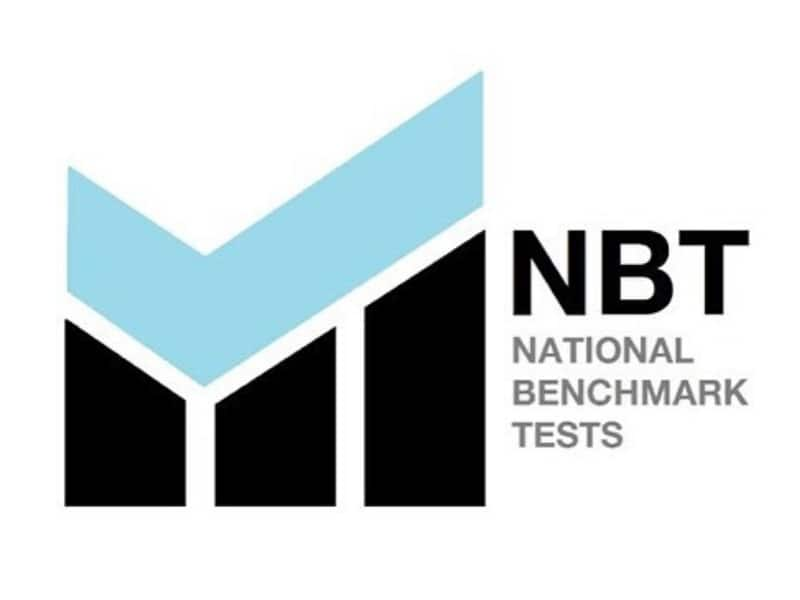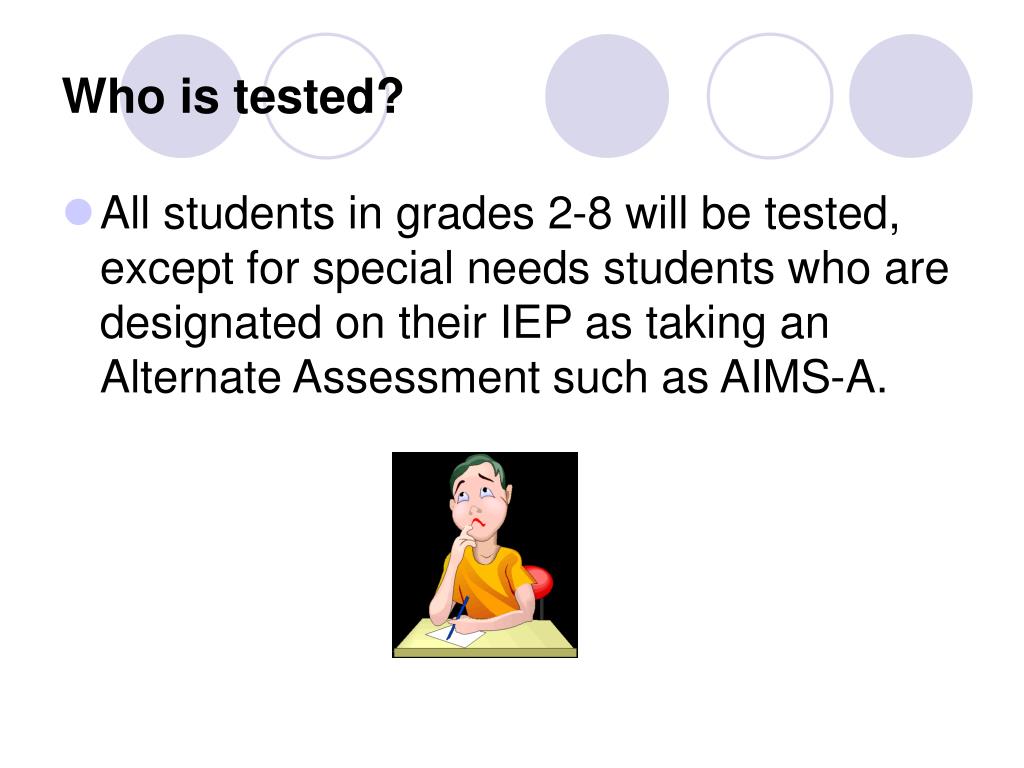

Schools and districts report average scores across students, schools, and districts throughout the year. For example, the Measures of Academic Progress (MAP) and the Renaissance Star assessments have been adopted by districts and states as interim assessments. Results are reported at the aggregate level. Perie and her colleagues Scott Marion and Brian Gong published this very interesting article on “ Moving Toward a Comprehensive Assessment System: A Framework for Considering Interim Assessments.”Īn interim assessment is administered during instruction to measure knowledge and skills to inform educator or policymaker decisions at the state, district, or classroom level. For more detail on evaluating benchmarks, Dr. Marianne Perie, director of the Center for Assessment and Accountability Research and Design (CAARD). We will here follow the terminology provided by Dr. Benchmarks can be divided into two kinds: interim tests and formative tests. We must introduce a distinction for K–12. The simple distinction between outcome and benchmark lacks sufficient contour.

Of course, K–12 education is quite different than college. If so, the final exam was the outcome test, and the midterm was the benchmark test.Īre there different types of benchmark assessments? You usually had a midterm test to see if you were on track to pass the class. You had a final exam to judge whether you met the required outcomes. To better grasp the very basic distinction we’re making between benchmarks and outcomes, think of your college classes. That’s the point of benchmarks in a nutshell. Similarly, teachers administer benchmark tests to ensure that students are on track to achieve the relevant learning outcomes, and if they are not on track, it’s not too late for a teacher to adjust instruction.

A benchmark is given when there is still time to intervene, and it should alert the teacher as to how things are going, much like a checkup at the doctor is made to promote good health in the future. Notice the preposition in the phrasing benchmark assessments are for learning, not of learning. One might say that the purpose of a benchmark is to influence well-defined outcomes-they’re a form of assessment for learning in preparation for the assessment of learning that summative tests eventually measure. Let’s start by reviewing the basics and clarifying key definitions.Īll educators know-it’s all about student outcomes.
#Benchmark tests in education series
Our goal with this series is to explore some of the nuances of benchmark assessment. What are they? What purpose do they serve? Are there different kinds? How can they be used most effectively? These are all questions that we in Edmentum’s research department field regularly-and frankly, grapple with ourselves as well. If your school is like many others, benchmark tests will be administered not only in the fall but also several times throughout the year to gauge student standing relative to well-defined outcomes.ĭespite their frequent use, there’s a lot of confusion surrounding benchmarks. They are often given at the start of the year-which is why now is a good time to have this discussion. Many of us are familiar with benchmark tests. Today’s blog is the first in a series of three blogs about benchmark testing.


 0 kommentar(er)
0 kommentar(er)
